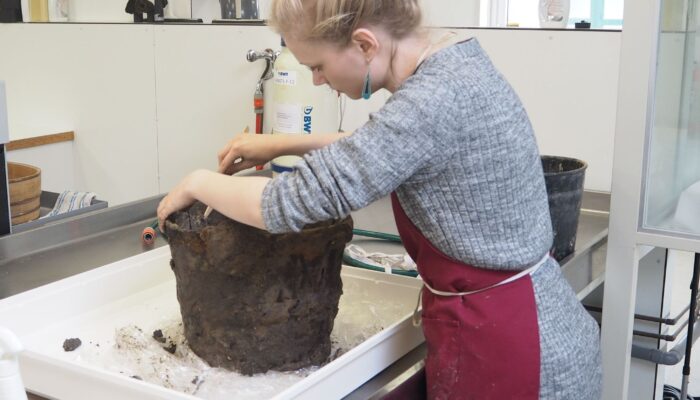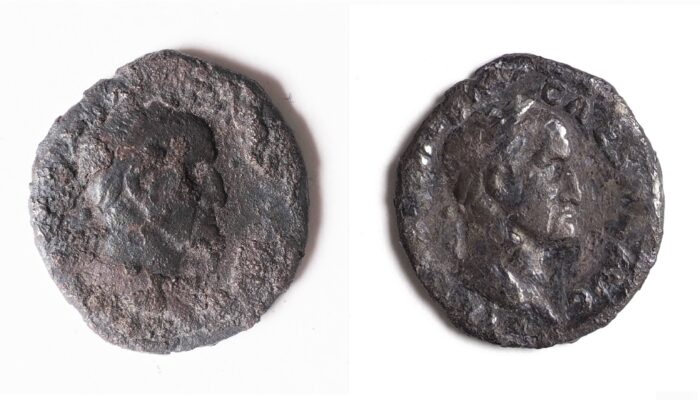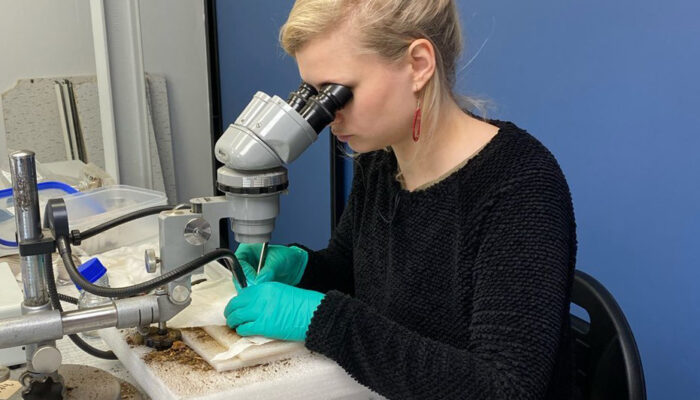Art Conservation has extensive experience in the conservation and restoration of archaeological finds. Our specialists conserve and restore archaeological finds of metal, pottery, stone, glass, and organic materials from all periods. We will cover freshly excavated archaeological finds as well as objects stored in depots, museums or other collections. Art Conservation works according to international guidelines within the archaeological conservation and with modern, stable materials. We meet the requirements of the KNA actor registration. Our specialists work both in situ and in the studio.
We offer the following services:
Advice | Excavation assistance | Research | Documentation | Treatments | Conservation-Restoration | Reconstructions and Replicas | Art Handling | Condition reports and survey
Advice
Any archaeological found material is sensitive to moisture, acids and other conditions in the soil. So every action must be thought through. Besides, archaeological finds can be preserved or presented in various ways. Art Conservation offers advice on the dig up, keep, handle and present of your archaeological finds.
Research
Before the conservation treatment, each work undergoes an optical examination, the results of which are used as the basis for a substantiated proposal for preservation and/or conservation. Subsequently, microscopic examination is carried out using a stereomicroscope.
Preservation
Preventive conservation includes a range of indirect measures and actions aimed at the environment of your archaeological finds to prevent and minimize damage or loss. We also offer condition checks of finds in the depot or the room and advise on the climatic conditions of archaeological finds in the depot or during an exhibition. This allows us to evaluate the storage conditions and – if necessary – improve them.
Art Conservation has space, materials and professional restorers to preserve your archaeological finds as well as possible.
Conservation- Restoration
Art Conservation works with qualified conservators who preserve archaeological finds in their authenticity with ethical principles and apply techniques that do not cause damage.
We offer the following treatments:
Cleaning | Removal of Corrosion | Consolidation | Impregnation of fragile objects | Bonding loose parts | Repairing scratches or cracks | Application of fillings | Removing old restorations such as overpainting and retouching | Stabilization | Retouching gaps
Freshly dug up material
The treatment of archaeological finds after excavation is necessary because the degradation processes that have slowly stagnated during years of burial in the ground are accelerated again by sudden exposure to the air. Archaeological finds have also been affected by moisture, acids and other conditions in the soil. The finds are often coated with soil, scale or corrosion, and must be carefully cleaned to release and identify their archaeological information to allow further analysis.
Depot or museum collections
Archaeological finds that have been stored in depots or exhibited in museums for many years also require regular restoration or stabilizing treatment. Some examples of this are finds that have been stored in incorrect climatic conditions, previous preservation treatments that are outdated or archeological finds that need to be prepared for exhibition.
Documentation is very important. After treatment, a final report will be drawn up in which all examinations and treatments are described in detail and documented by means of photographs. This offers the customer insight into the conservation process. Openness about our activities is an important pillar within our company.
Ethical code: Art Conservation carries out all activities according to the ethical guidelines for conservation and restoration of cultural heritage of European Confederation of Conservators-Restorers’ Organizations (E.C.C.O.) and and meets the requirements of the KNA actor registration.
For all your questions about the restoration of archaeological finds, you can contactus, so that we can explore the possibilities together.



